Comparative evaluation of sample digestion techniques for Atomic Absorption Spectroscopy
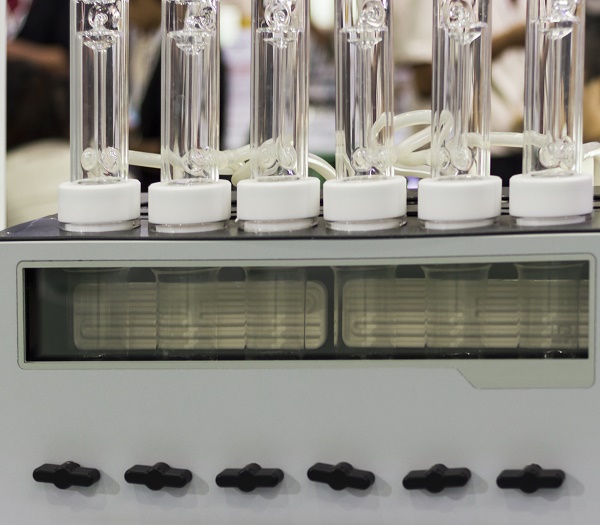
Trace metals analysis by Atomic Absorption Spectroscopy requires the introduction of the sample into the system as a homogeneous liquid. It is necessary to digest solids for complete extraction of analyte(s) of interest into the solution. Commonly used practices are:
- Acid digestion
- Fusion
- Ashing
The technique adopted should be safe, reproducible and afford to save time. The article discusses the advantages and disadvantages of these popular techniques.

Acid Digestion
Acid digestion is the most popular of the three techniques. Such digestions are classified into two categories, namely, open digestions and closed digestions. Open digestions are conducted in fume hoods using hot plates whereas closed digestions are carried out using microwave digestion systems.
| Characteristic | Open Digestion | Closed Digestion |
| Corrosive fumes | Evolved- Need to be ventilated | Pose no harm |
| Digestion temperature | Limited by the boiling point of acid | Pressurised digesters permit higher temperatures |
| Sample size | For low concentrations larger sample sizes can be handled | Large sample sizes not required |
| The number of acids | Requires large quantities | Smaller quantities are sufficient |
| Loss of volatile analytes | Yes –Possibility exists | No loss of volatile elements |
| Risk of contamination | Yes from surrounding environment | No contamination risk |
| Time is taken for digestions | Long- hours to days | Less than an hour for even difficult to digest samples |
Open acid digestions are in common use in most laboratories but closed system microwave assisted digestions are cost-effective and are gaining popularity.
Fusion
Fusion with alkali metal salts is popular. Such methods find the use for digestion of inorganic materials such as minerals, clays, silicates, and refractories.
Fusions can lead to clogging of nebulizer tubing if suspended solids are not removed completely from solutions. Further, the concentrations could be high and further dilutions may become necessary thereby increasing chances of errors due to dilutions.
Ashing
Heating the material to non- combustible ash for analyzing its elemental composition is known as ashing. The advantages and disadvantages of ashing are briefly mentioned.
Advantages:
Large sample sizes can be taken if concentrations are low.
Saving on the cost of reagents in sample preparation
Disadvantages:
Loss of volatile analytes on heating
Contamination from crucible material
Contamination from inside muffle furnace during heating
Material loss due to air currents when the muffle furnace door is opened or closed
Evolution of toxic vapors during ashing
It can be seen that microwave digestion offers distinct advantages over other contemporary techniques both in terms of complete quantitative digestion and time-saving. However, both ashing and fusion still find use even today when other techniques are not feasible.

 AAS, GC & HPLC Certificate Course Bundle
AAS, GC & HPLC Certificate Course Bundle 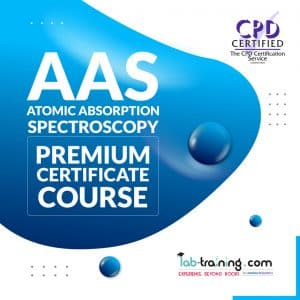 Certificate Course on AAS
Certificate Course on AAS  Certificate Course on GC
Certificate Course on GC  Certificate Course on High Performance Thin Layer Chromatography (HPTLC)
Certificate Course on High Performance Thin Layer Chromatography (HPTLC) 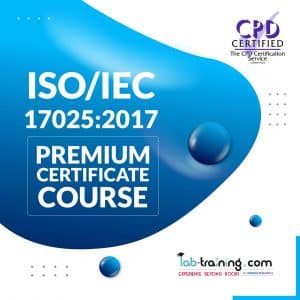 Certificate Course on ISO/IEC 17025:2017 - CPD Certified
Certificate Course on ISO/IEC 17025:2017 - CPD Certified  Certificate Course on Lab Safety
Certificate Course on Lab Safety 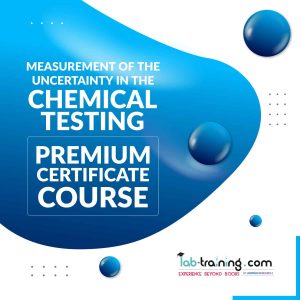 Certificate Course on Measurement Uncertainty in Chemical Testing
Certificate Course on Measurement Uncertainty in Chemical Testing  AAS, GC & HPLC Certificate Course Bundle
AAS, GC & HPLC Certificate Course Bundle  Certificate Course on AAS
Certificate Course on AAS  Certificate Course on GC
Certificate Course on GC  Certificate Course on High Performance Thin Layer Chromatography (HPTLC)
Certificate Course on High Performance Thin Layer Chromatography (HPTLC)  Certificate Course on ISO/IEC 17025:2017 - CPD Certified
Certificate Course on ISO/IEC 17025:2017 - CPD Certified  Certificate Course on Lab Safety
Certificate Course on Lab Safety  Certificate Course on Measurement Uncertainty in Chemical Testing
Certificate Course on Measurement Uncertainty in Chemical Testing 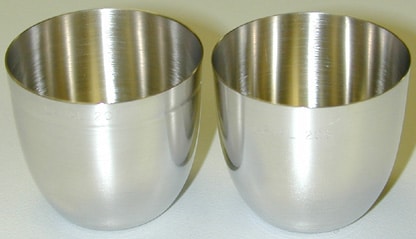

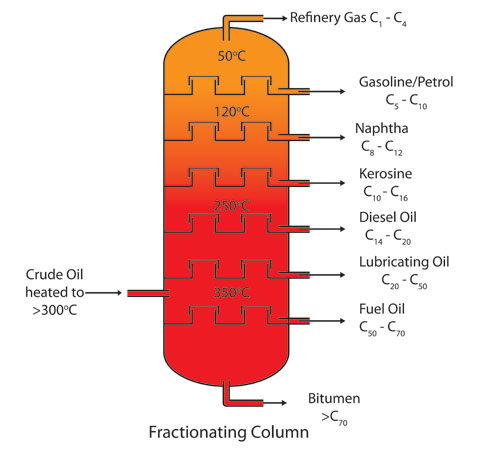
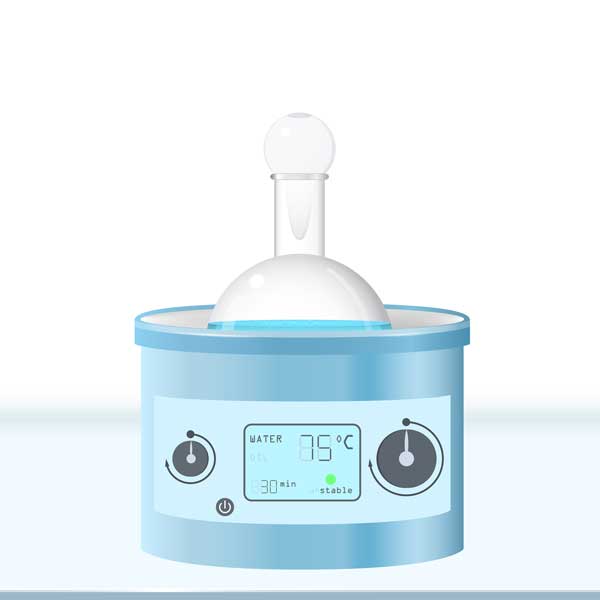

I want to convert plastic materials into homogenous liquids sample for AAS analysis.could you guide me in which digestion method is good for this purpose ? and which techniques flame or graphite AAS should I use ??? Please guide me .
You can use recommended methods if available for material specific analysis. Otherwise you can try acid digestion at room or elevated temperatures.Adoption of flame or graphite furnace atomization will depend on required concentration estimations. If results fall in ppm levels flame is recommended. However, for studies in ppb levels you should consider graphite furnace atomization.